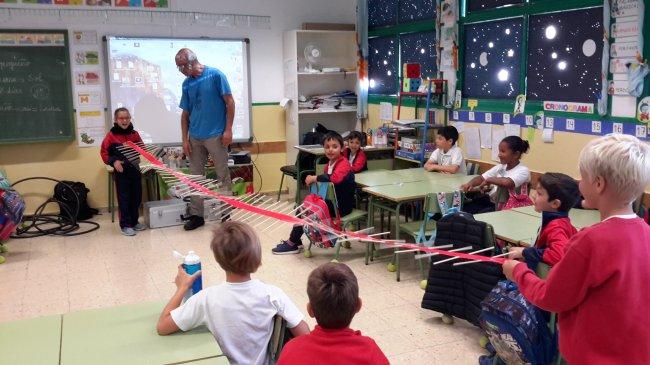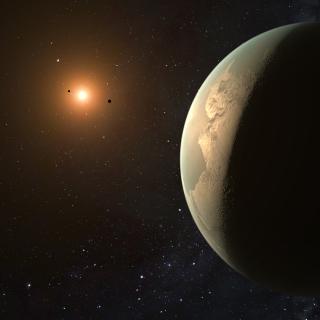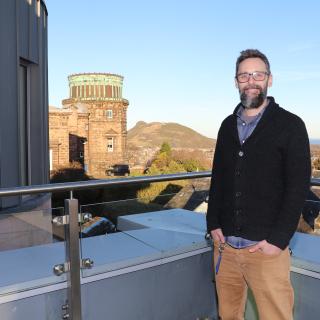MarTIAnoS is an innovative educational project being carried out at the Rafael Cedrés Primary School in the Municipality of Tias in Lanzarote (which is why the name of the project is a play on the name Tïas) in collaboration with the Instituto de Astrofísica de Canarias (IAC) and the Lanzarote Teachers’ Centre (CEP) during this school year. Organized by the scientific-technical advisor for primary schools in Lanzarote, Iván Bellido, it is a pilot experiment for the 2nd year which builds on the activities carried out during the past school year in the CEO Argana (in the AstroCEO project) in the city of Arrecife, also in Lanzarote, for Infants and 1st year primary levels.
This time the astrophysicists Antonio Eff-Darwich of the University of La Laguna and Alfred Rosenberg of the IAC, took part with talks, workshops, and observation sessions. They used specific instruments, such as an infrared camera, spectral gratings and lamps with several chemical elements to introduce the children to the scientific method, while they were enjoying themselves learning.
Night and day
Among the topics they worked on were night and day, using technological methods such as direct connections with webcams around the world, as well as more classical techniques such as the use of terrestrial globes to identify, as a group, the places observed, and to determine if it was day or night in each of them at that moment. In addition, waves and sounds were explained in a playful but rigorous way. Using simple objects such as straws and adhesive tape, together with software which could make a graphical interpretation of the spectrum of a sound which produced images with an artistic appearance, the boys and girls learned concepts through play.
Using sequences of cartoon films together with images and real observations of the universe, the naming of the planets and the constellations were discussed, and the children were given explanations of what stars are, how they are born, live, and die. They also learned about the instruments which are used to observe the universe and they ended up with a “trip” around the Solar System.
Another relevant aspect of this project was the participation of the whole educational community (students, teachers and families). During the Tuesday afternoon, a talk was given about the Sun, attended by over a hundred people, and there was a session of solar observation from the school playground, using a telescope with an H-alpha filter designed to make observations of the solar chromosphere in safe conditions.
The collaborative activities with the IAC will finish next Wednesday, March 22nd, on which day there will be a transmission from the IAC headquarters in La Laguna and from the Teide Observatory (Izaña, Tenerife), where the students will have another opportunity to learn and to ask direct questions to professional astrophysicists.
More information:
Contact:
- Iván Bellido (CEP Lanzarote): +34609721486
- Alfred Rosenberg (IAC): alf [at] iac.es (alf[at]iac[dot]es) and +34922605293



